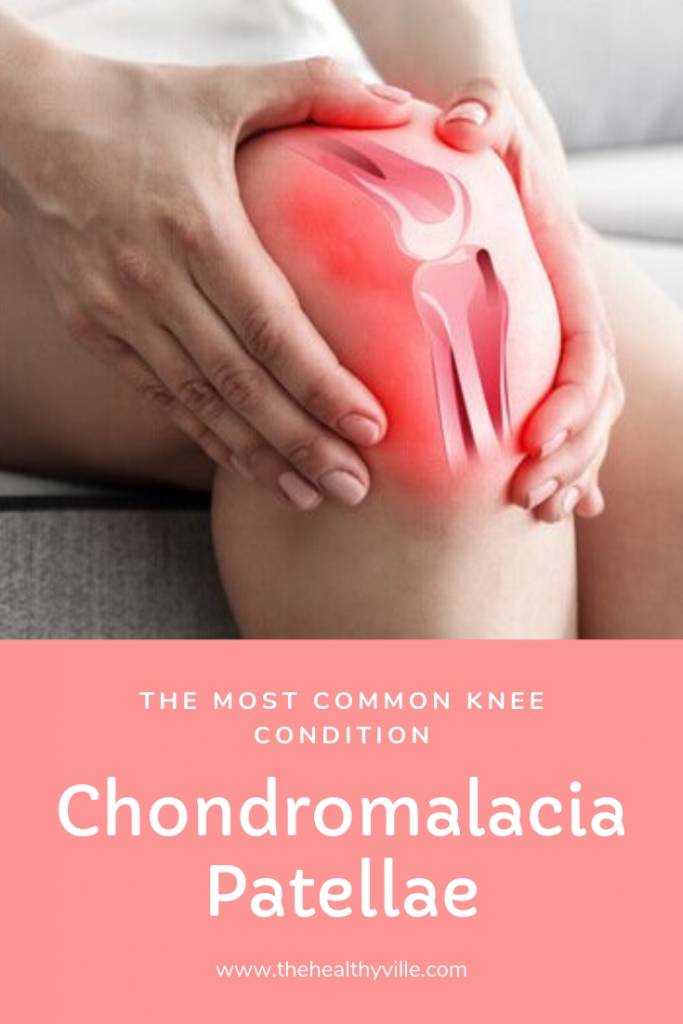Chondromalacia patellae is a condition that occurs relatively frequently in adults or young adolescents who play sports or in older people who suffer from a degenerative disease such as osteoarthritis.
Chondromalacia patellae is one of the most common conditions of the knee. It must be remembered that this joint is very prone to injuries, since it supports a good part of the body’s weight. Additionally, there are other risk factors such as age, overweight, bad sports practice, etc.
It should be noted that chondromalacia patellae is a relatively common condition among young adults. It has particular incidence among those who practice soccer, basketball, volleyball, tennis, cycling, karate, rowing, rugby, athletics or ballet. Mountaineers are also prone to suffer it.
There is a debate about the use of the term chondromalacia patellae. The word chondromalaciae refers to the softening of the cartilage of the knee. However, this word began to be used to diagnose anyone who presented pain in that joint.
Currently, it is thought that it is more accurate to speak of patellofemoral syndrome and not of chondromalacia patellae, when the exact cause of knee pain is unknown. However, the term is medically acceptable.
What is chondromalacia patellae?
The patella or patellae plays an essential role in the stability of the knee, protecting it and helping in its displacement.
The patella or patella is a flat bone, located on the anterior side of the knee. It is articulated with the femur and its main function is to protect and facilitate the sliding of the joint. Chondromalacia patellae is a condition of degenerative type that affects the cartilage located on the articular surface of the patella.
When this condition occurs, the bone is exposed to direct rubbing due to joint movement. In most cases, this is due to the softening of the cartilage, which causes pain in the anterior aspect of the knee.
The cartilage acts as a buffer in the joints. It is composed of 90% water and 10% cells. This allows it to withstand the energy of impacts. When there is a kneecap chondromalacia it is because the cartilage has changed its structure, in this way it stops being a smooth surface and becomes rough and gray.
The cartilage then becomes thinner and irregular. Sometimes it has cracks and even breaks. In those cases, the knee produces some clicks and sounds when performing some movements. There is also a strong pain.
Causes of the problem
The main cause of chondromalacia patellae is repeated trauma to the knee. In other words, repeated movements that generate compression in the cartilage. That is why some athletes are more exposed to this condition.
Likewise, the problem may be due to other factors such as:
- Anatomical problems of misalignment of the knee or poor placement of the kneecap.
- Very strong blows to the knee. Especially falls on a bent knee, impacts against an object or traffic accident.
- Inadequate march. It stems from an abnormality in the feet or legs, or from the use of high heels.
- Dislocation or previous knee fracture.
- Overweight.
- Atrophy or muscle weakness.
- Inequality in the length of the legs.
- Prominent curve in the spine.
Pain in the knee
The main characteristic is the presence of pain in the joint, especially when performing some type of physical activity.
It is usual for pain to appear at the time of physical activity. This pain increases when the patient runs on very hard surfaces, or when going up and down stairs. Also when you stay a long time with your knees bent, in which case you experience additional stiffness.
When doing the knee flexion-extension, it is usual to produce characteristic clicks of the kneecap chondromalacia. Over time, this anomaly affects the strength of the muscles of the legs and on the fly.
According to the evolution of this condition, there are several levels of severity. These are:
- Grade 1. The cartilage has softening and there is presence of edema.
- Grade 2. Diagnostic images reveal that the cartilage presents fibrillation.
- Grade 3. The cartilage has fissures, some of which are very evident and reach the deepest layers.
- Grade 4. There is ulceration. The condition of grade 3 appears more evident and aggravated.
- Grade 5. There is eburnation, that is, a pathological increase in the density of the cartilage. This is an effect of the aggravation of ulceration, which ends up affecting the subchondral bone.
The common thing is that doctors first apply a conservative treatment to handle the chondromalacia patellae. If this does not produce results, it is necessary to go to surgery.
Don’t forget to SHARE the chondromalaciae patella causes with your friends and family on your social networks!

